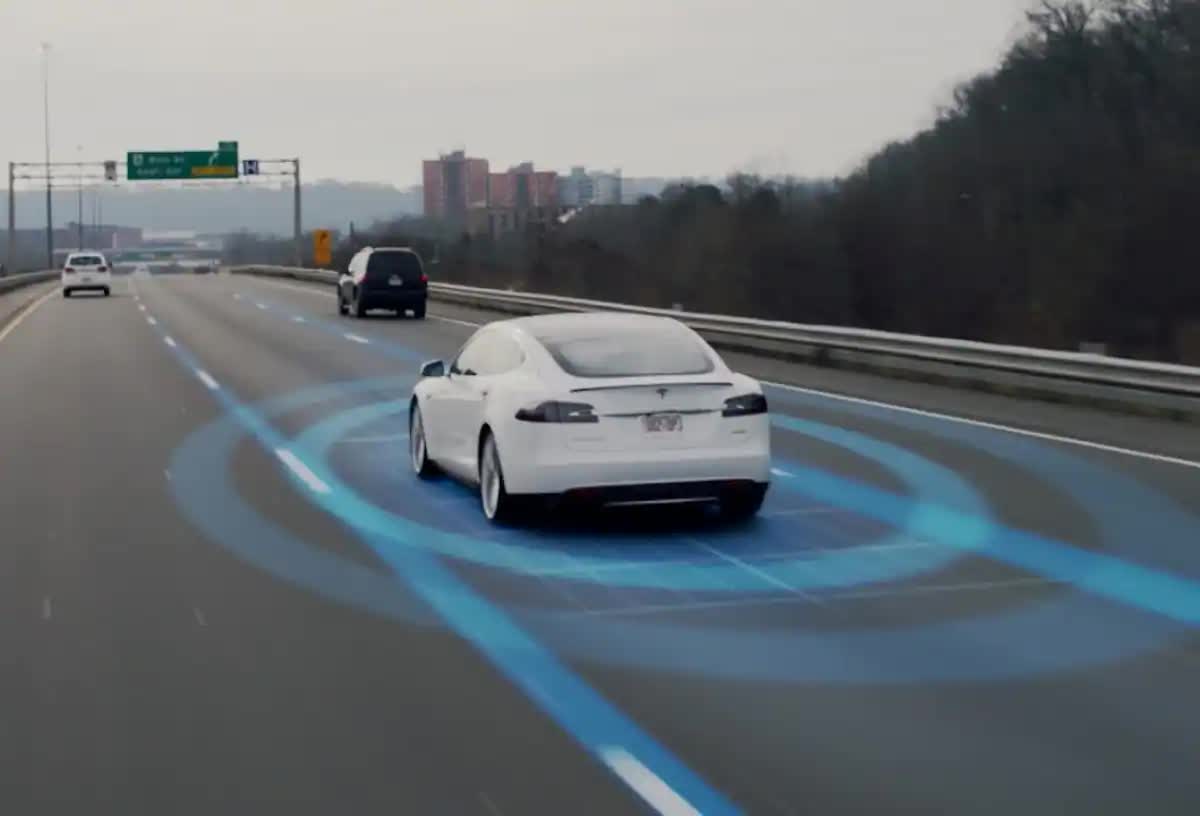[ad_1]
Through the looking glass: Regulators and motorists remain skeptical of self-driving cars, which are still nowhere near wide adoption. However, a group of researchers proposes that travel times and gas consumption can decrease if drivers let autonomous vehicles direct traffic using a fourth traffic light color.
Simulations from North Carolina State University researchers suggest a new kind of traffic light could speed up passage through intersections with the help of self-driving cars and distributed computing. The system would try to balance interactions between traffic lights, human drivers, and autonomous vehicles.
Under the proposal, when a certain percentage of vehicles approaching an intersection are self-driving, the light switches to the new color to inform motorists that it’s coordinating with autonomous cars. Instead of stopping, going, or slowing down, the light instructs humans to copy the vehicle ahead of them, whether it proceeds through the intersection or waits for someone else to pass. When the percentage of self-driving cars falls below the threshold, the traffic light returns to normal.
The researchers originally proposed the concept in 2020, but that initial version relied on traffic light computers to direct the self-driving vehicles. The centralized approach proved vulnerable to communication disruptions with traffic light controllers. The updated experiment uses a more resilient distributed model wherein all the autonomous cars and the traffic-light computer talk to each other.

The fourth traffic light doesn’t do anything to direct the robocars. It just tells the human drivers that the traffic computer and autonomous vehicles are negotiating traffic flow and that they should follow them.
So far, the researchers have only tested the proposal with computational model “microscopic” traffic simulations, but they show increased traffic speed. The experiments resulted in less time waiting at traffic lights and less fuel consumption when the proportion of self-driving cars reached 10 percent. The results improved the more autonomous vehicles got involved.
Autonomous penetration rates between 10 and 30 percent saw relatively small reductions in traffic delays, usually below 10 percent. Beyond that, however, the researchers say delays could fall by over 90 percent.
The idea has yet to go through real-world testing, but it could cut back on some autonomous-traffic incidents that have seen a rise lately. California transportation authorities recently complained to companies trialing self-driving fleets in large cities regarding many troubling cases.
Last June, a group of robotaxis in San Francisco stopped in the middle of an intersection for no apparent reason. Such glitches can erode already shaky public trust in autonomous vehicles, but we can’t know yet whether traffic control through distributed computing would’ve prevented this situation.
[ad_2]
Source link